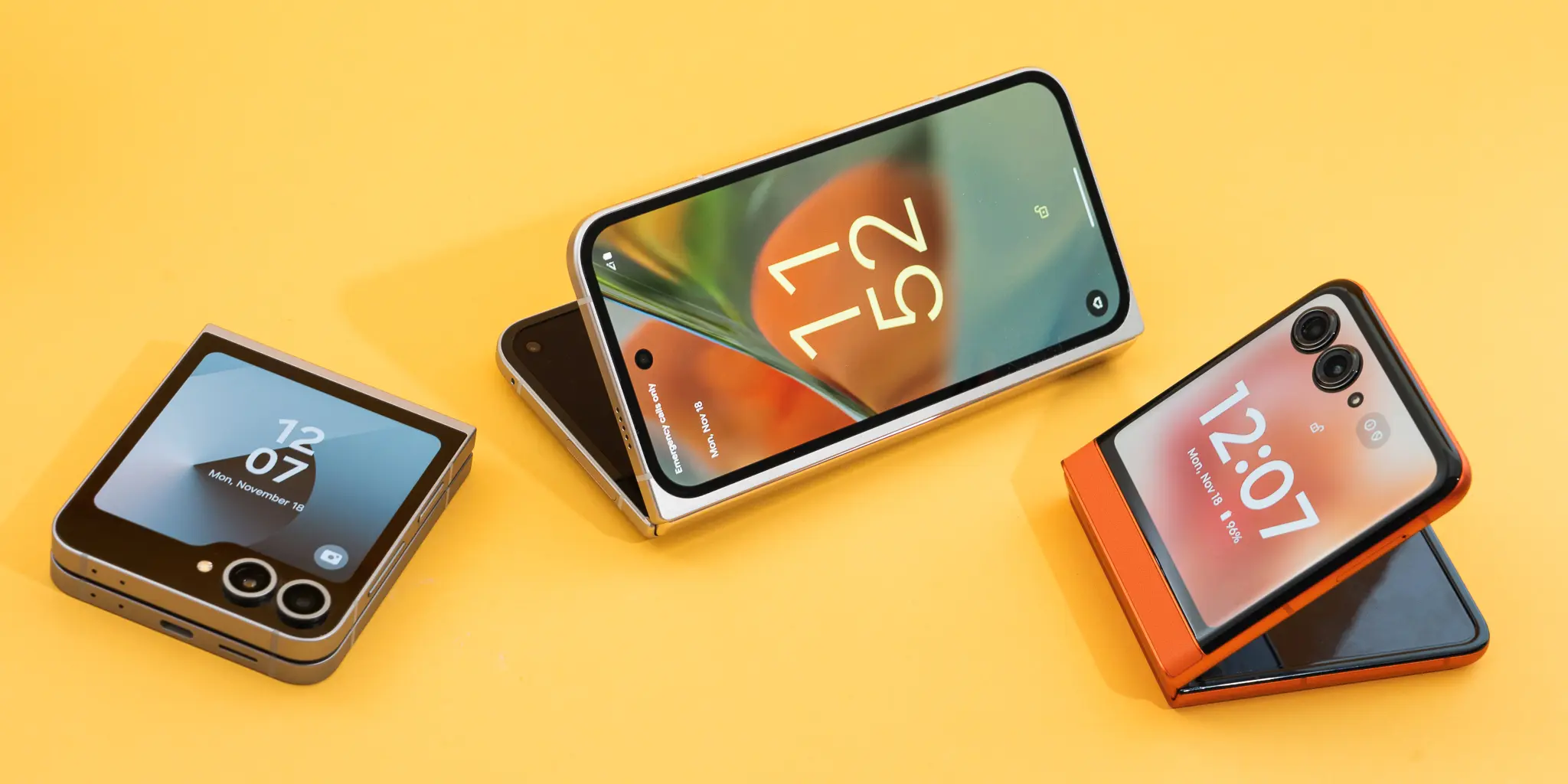
From flipping phones to swiping screens, the mobile industry has always been driven by innovation. But now, we’re witnessing a new wave of transformation, the foldable smartphone revolution. Once seen as a gimmick or luxury item, foldable phones are becoming more mainstream, backed by major brands like Samsung, Huawei, Motorola, and even Google. But what does this trend truly mean? Are foldable smartphones just a passing phase, or are they signaling the future of mobile technology? In this article, we’ll dive into the rise of foldable devices, their advantages, current challenges, and what they might mean for the future of your pocket-sized tech.
The Rise of Foldable Technology
Foldable smartphones emerged from the desire to combine the portability of phones with the productivity of tablets. Thanks to advancements in flexible OLED display technology, manufacturers have managed to create screens that can bend without breaking, quite literally reshaping the mobile experience.
- Samsung’s Galaxy Z Fold and Flip series have led the charge, offering phones that unfold into mini-tablets or compact into palm-sized devices.
- Motorola revived its iconic Razr into a foldable design, blending nostalgia with modern tech.
- Huawei’s Mate X series emphasizes outward-folding displays, creating sleek, futuristic devices.
As more brands enter the race, prices are beginning to drop, and interest from consumers is growing steadily.
Why Foldables Are Gaining Momentum
Foldable phones are more than just eye candy, they bring real benefits that could reshape how we use mobile devices:
- Bigger Screen, Smaller Footprint
Users can enjoy large, immersive displays for gaming, multitasking, or streaming, all while still fitting their phone in their pocket. - Enhanced Multitasking
Foldables support split-screen apps and desktop-like workflows, appealing to professionals and creatives on the go. - Design Innovation
Foldables break the monotony of slab phones. Their unique form factors attract consumers who value both functionality and style. - Improved Durability
Early concerns about fragility are being addressed with stronger hinges, water resistance, and more robust screens.
Challenges Still Remain
Despite the excitement, foldable smartphones still face a few obstacles before they become truly mainstream:
- High Cost
Most foldables are still priced at a premium, often starting above $1,000, making them inaccessible to many users. - Durability Concerns
While progress has been made, moving parts and folding screens still raise long-term reliability questions. - Software Optimization
Not all apps are optimized for foldable screens, which can lead to a less-than-seamless experience. - Battery Life
Larger, more demanding displays can lead to faster battery drain, challenging engineers to optimize efficiency.
These issues aren’t deal-breakers, but they highlight that the technology still has room to mature.
Are Foldables the Future of Mobile?
The future of smartphones may not belong to just one form factor but foldables are certainly claiming a big piece of the pie. Industry analysts predict a steady rise in foldable phone adoption as more users experience their benefits. Tech giants are investing heavily, and we’re likely to see innovations such as rollables, tri-folds, and even stretchable displays in the near future.
Moreover, as app developers adapt and manufacturers reduce production costs, foldables could soon become just as common as today’s flagship phones. In fact, some experts from PEH 888 believe they may replace traditional smartphones altogether in the next 5–10 years.
Conclusion
Foldable smartphones are not just a fad, they’re a glimpse into the future of mobile computing. With their unique blend of versatility, innovation, and style, they’re reshaping what users expect from a phone. While there are hurdles to overcome, the progress so far is undeniable. Whether you’re a tech enthusiast or an everyday user, foldable phones are worth paying attention to. The question isn’t if they’ll become mainstream it’s when.